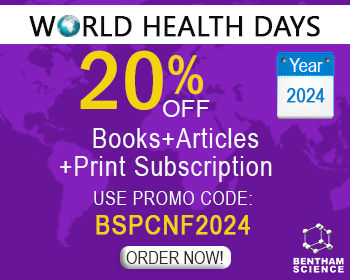Abstract
The awareness that chronic kidney disease (CKD) is a condition of dramatically increased cardiovascular risk has prompted an intense research activity, aimed at identifying factors that are specifically involved in the development of cardiovascular complications of CKD and that can be delayed or reduced by novel pharmacological approaches. This may be the case with indoxyl sulfate (IS). IS is an endogenous molecule derived from indole, a product of protein metabolism by intestinal bacteria, which acts via the aryl hydrocarbon receptor (AhR). IS accumulates early in CKD and exerts proinflammatory and other detrimental effects on the cardiovascular system, in particular promoting atherosclerosis and atherosclerosis-related arterial remodeling. Furthermore, IS also contributes to renal damage, thereby fueling a vicious circle. Dialysis is poorly effective in removing IS, but its levels can be lowered by preventing the bacterial generation of indole or by absorbing this latter within the intestine. More intriguing, although still theoretical, is the possibility of inhibiting the action of IS at the cell level, by antagonizing the binding to AhR or IS intracellular signaling. Therefore, IS targeting might become an option for reducing the cardiovascular burden of CKD.
Keywords: Aneurysm, atherosclerosis, cardiovascular, chronic kidney disease, indoxyl sulfate, inflammation, therapy, toxin.



























